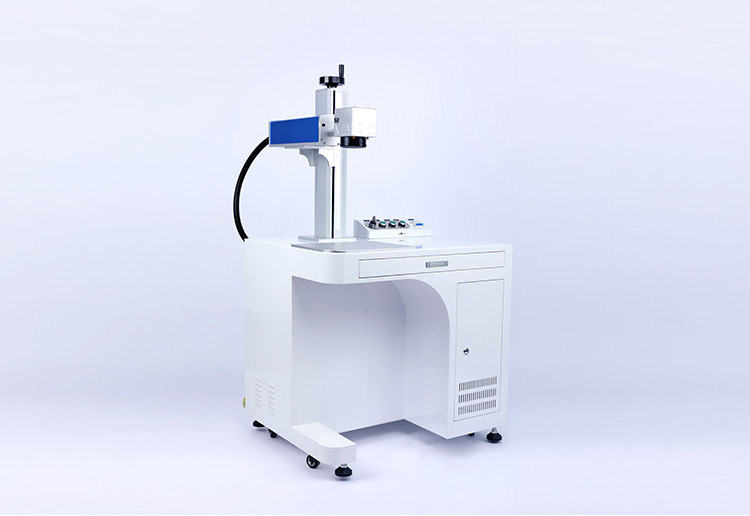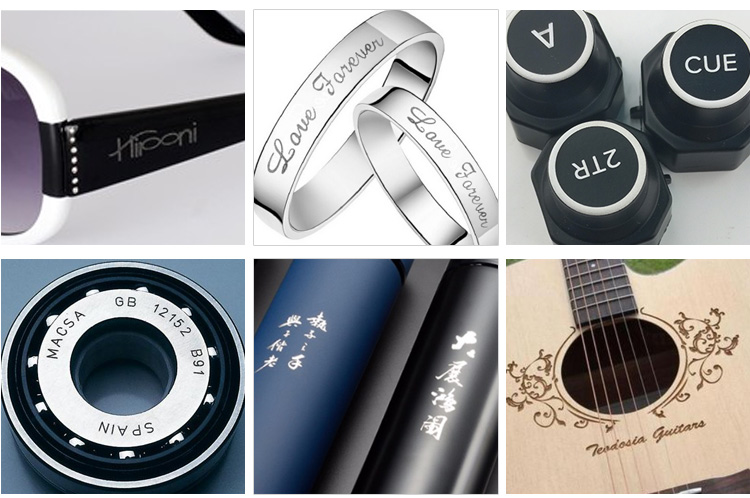Buyer Guide
Technology Of Laser Engraver For Metal
The laser engraving machine assembles three parts: a laser, a controller, and a work surface. The laser beam works as the chisel, burin or graver, and removes layers of material from the surface of a workpiece by vaporization. Therefore, your waste is majorly in the form of toxic fumes and smoke, and that is why they come with blowers or vacuum pumps for ventilation and removal of debris.

Laser engraving by carving different types can be divided into dot-matrix carving and vector cutting: dot-matrix carving dot-matrix engraving is similar to high-resolution dot-matrix printing. The laser head swings around each time, carving out a line composed of a series of points, and then the laser head moving up and down to carve out many lines, and finally constitute the entire version of the image or text.laser engraver for metal
Scanned graphics, text and vectorization can be carved using dot matrix. Vector cutting is different from dot-matrix engraving, and vector cutting is done on the contour line of the text. We usually use this mode to cut through the wood, the gram grain, the paper and so on material, also may carry on the marking operation on many kinds of material surface.
The performance of a carving machine, mainly by carving speed, engraving strength and the size of the spot decided. Engraving speed engraving speed refers to the speed of the laser head moving, usually with IPs (in inches/sec), high speed brings high productivity. Speed is also used to control the depth of the cutting, and for a particular laser intensity, the slower the speed, the greater the depth of cutting or engraving.Laser Engraving Machine
Advantages of fiber laser engraver compared to mechanical engraving
Larger field of application
The laser beam is a universal tool for many materials such as wood, glass, MDF, textiles, cardboard, paper, foil, metals, and much more.
Non-contact material processing
n mechanical engraving, the material often has to be clamped or fixed with vacuum. This takes time and can damage the material. With laser processing, this is not necessary. Here, the processing is contactless so that no chips are produced and, comparatively, very little dust. All this saves time and money.
No tool wear
Due to the non-contact material processing of the laser, there are no tool costs for cutters and drills.
Maximum precision and finest details
The laser technology makes it possible to implement the finest motifs with maximum precision. Virtually everything that can be drawn can be engraved and marked using a laser.
Economic production
The production of individual pieces or small series, as well as large series, is cost-effective and economically feasible.

Difference between laser marking and laser engraving
Though often used interchangeably, laser marking and engraving are two very different processes.
Laser marking uses a low-powered laser beam to leave a lasting mark on a material. This is achieved by changing the material’s appearance using material oxidation. During this process, the surface of the material remains intact and the final mark is clean and defect free.
Engraving, on the other hand, removes material through vaporisation. The outer surface of the material is removed using a high-powered laser beam, engraving at a depth of up to 0.020” in metals (but can go as deep as 0.125” in materials such as graphite).

Laser marking is typically used for logos, barcodes, QR codes and other text markings on plastics and metals, while laser engraving is used on metal, thermoplastic, glass, leather and wooden surfaces. Some machines can both mark and engrave, while others are dedicated to one or the other.

IGOLDEN BLOG
Thank you for visiting the iGOLDENCNC website. iGOLDENCNC is the professional supplier of CNC machinery application solution, within the business of producing and selling CNC machinery and accessories.